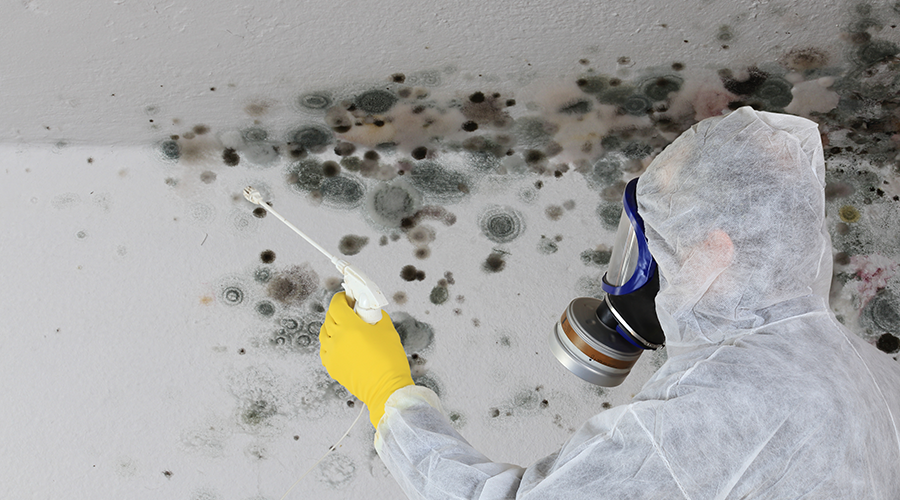Hospitals and other healthcare facilities have the much-earned reputation of being a clean and safe place for patients and residents to come to every single day. If something is out of place, it can easily tarnish everything that the facility has worked hard for and potentially put lives at stake. Knowing this, facilities managers are hyper-aware of the surroundings, continuously addressing problem areas so that the building continues to run as scheduled. However, when it comes to mold, you can never be too prepared.
Mold should be on every manager’s radar. According to the Environmental Protection Agency (EPA), if humidity is at 60 percent or higher, it is conducive to mold growth. Because of this, controlling humidity is a key component in maintaining mold within an indoor environment as far as how it can spread within air vents.
“The focus when we’re performing mold assessments or dealing with mold prevention and what our industry guidelines and regulations in some jurisdictions are based on is visible mold growth,” Shari Soloman, president, CleanHealth Environmental says. “This is an important concept about if we can see the mold visibly growing indoors. If you take an air sample or you take a reading in an indoor environment, you’re going to find mold in the indoor environment because you have air change from indoors and outdoors. What we want to focus on is the growth and how that can adversely impact patient population.”
There are certain types of molds that can cause types of infectious diseases, this is a cause of concern, especially in healthcare facilities where occupants are the most vulnerable. For example, certain types of Aspergillus molds have the ability to get into the body and start growing from within. While rare, this can have a detrimental effect on immunocompromised patients.
“Research has found that mold can cause allergies to exacerbate, leading to asthma,” Soloman says. “So there’s no doubt that even the ‘regular’ population can have allergic reactions to mold exposure. To remediate any potential exposure, we need to focus on prevention first.”
There are guidelines and standards that managers can follow in order to best limit exposure to mold. A 2003 guidance document by the CDC gives details on how to prevent environmental infection and how to improve environmental hygiene. However, industry standards on mold and moisture control are the ICRC F500 and S520 from the Institute for Inspection Cleaning Restoration Certification. This provides a standard surrounding all different types of assessment and remediation. Despite these guidelines, there is no set standard for hospitals and other healthcare facilities.
“When we do healthcare renovation and maintenance training we stress dust control and proper containment,” Soloman says. “The goal of any project where you are potentially disturbing building materials and potentially causing some aerosolization of what’s on that surface, and if that happens to be mold, our focus is on containing the area, constructing our critical barriers, establishing negative air if required and decontamination and dust control of our tool supplies, workers and equipment coming in and out of the contained area.”
Mackenna Moralez is the associate editor of the facilities market

 Rethinking Strategies for Construction Success
Rethinking Strategies for Construction Success From Touchless to Total Performance: Healthcare Restroom Design Redefined
From Touchless to Total Performance: Healthcare Restroom Design Redefined New York State Approves $53M Construction Program at Niagara Falls Memorial Medical Center
New York State Approves $53M Construction Program at Niagara Falls Memorial Medical Center How Health Systems Are Rethinking Facilities Amid Margin Pressure
How Health Systems Are Rethinking Facilities Amid Margin Pressure Ground Broken on New Medical Office Building in Scottsdale, AZ
Ground Broken on New Medical Office Building in Scottsdale, AZ